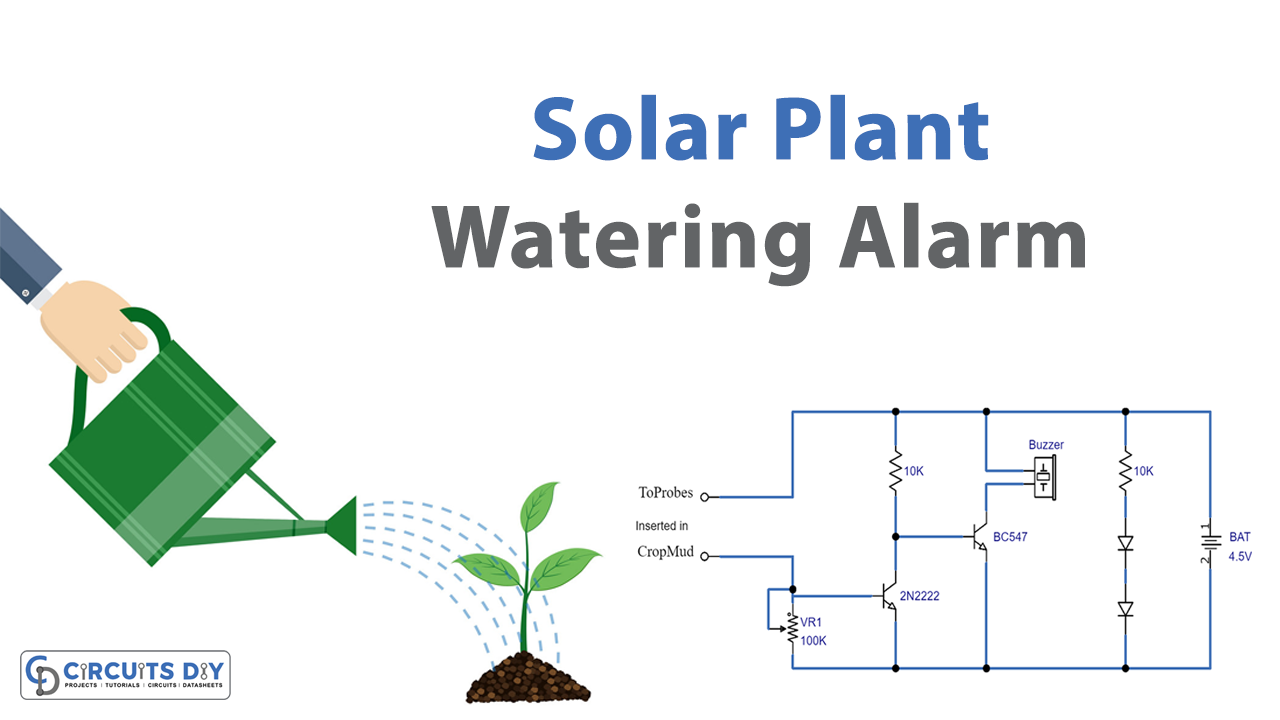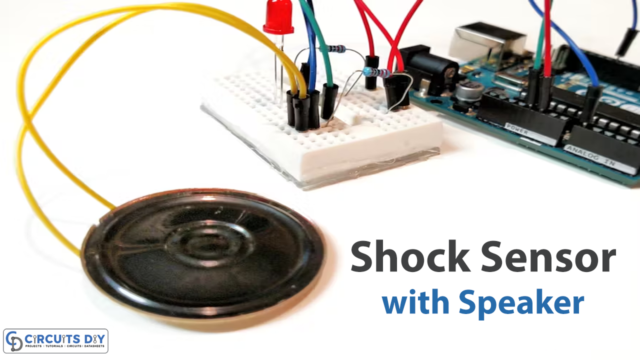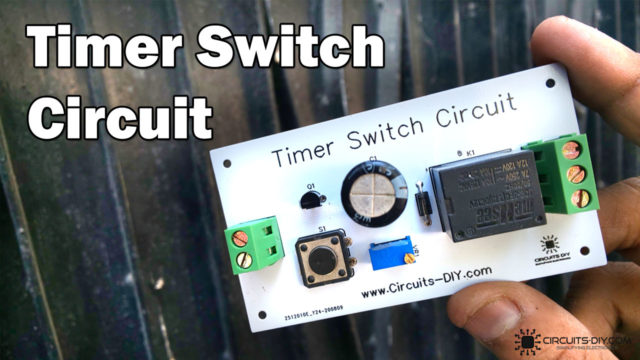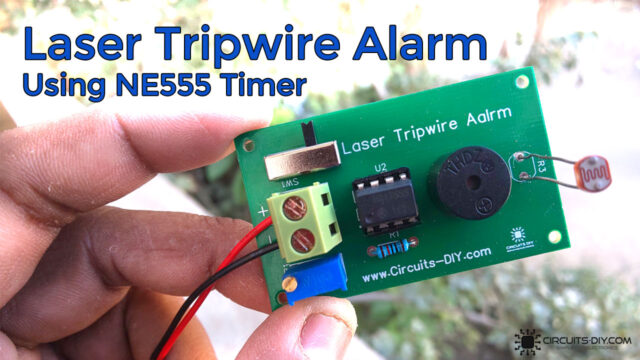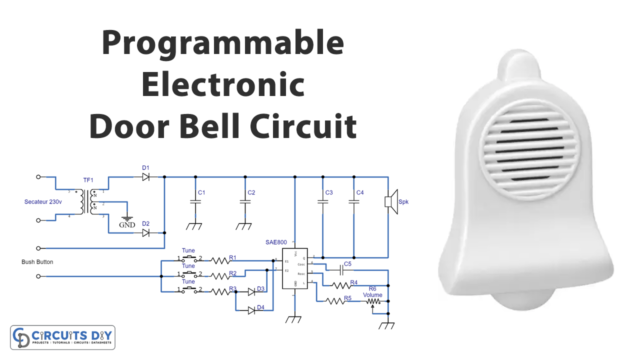Introduction
Solar energy is a clean and renewable source of power that has many applications in our daily lives. One such application uses solar energy to power a simple circuit that can be used to water plants and alert you when the soil is dry. This circuit is easy to build and can be a fun and educational project for anyone interested in electronics and renewable energy.
This article will show you how to make a simple solar-powered watering alarm circuit that can automatically water your plants and alert you when the soil is dry. Let’s dive into the article to learn more.
Components Required
You will require the following hardware for Solar Plant Watering Alarm Circuit.
| S.no | Components | Value | Qty |
|---|---|---|---|
| 1 | Transistor | BC547, 2N2222 | 1, 1 |
| 2 | Resistor | 150, 10K, 100K | 1, 1, 1 |
| 3 | Diode | – | 2 |
| 4 | Battery | 4.5V | 1 |
| 5 | Buzzer | – | 1 |
| 6 | Jumper Wires | – | 1 |
Steps to Make a Simple Solar Plant Watering Alarm Circuit
Follow the circuit diagram and connections to build this Simple Solar Plant Watering Alarm Circuit
Circuit Diagram
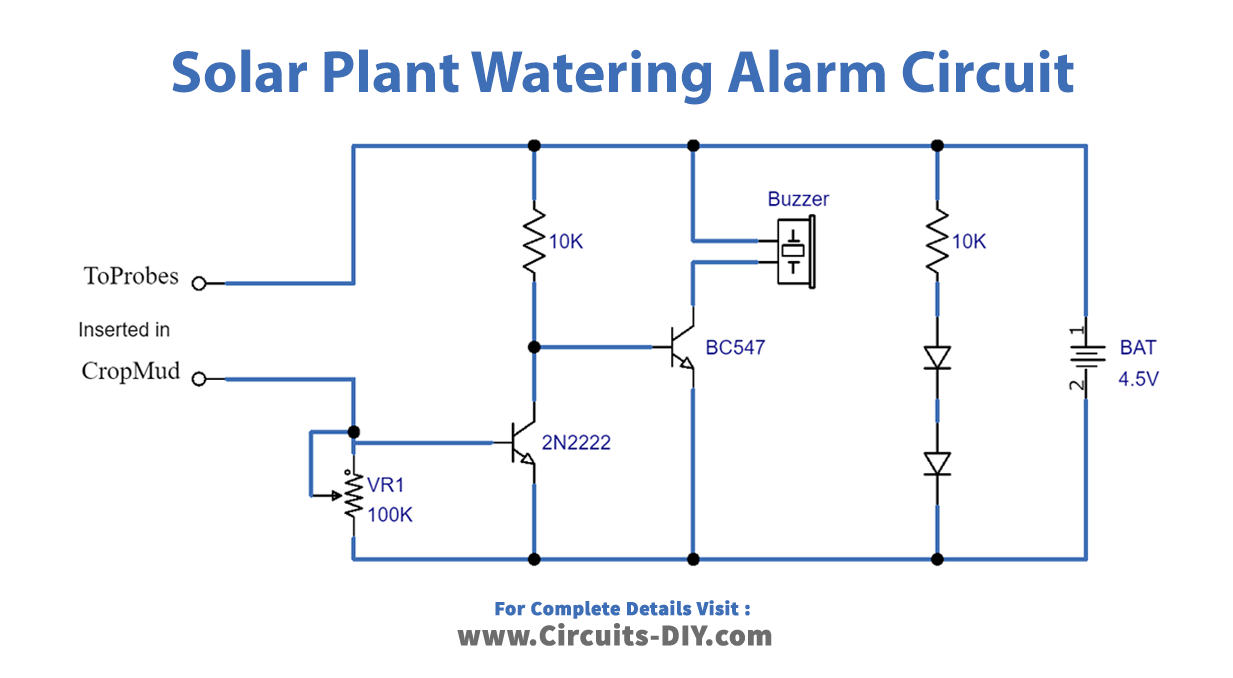
Connections
- The circuit uses a solar cell as its power source.
- It is designed to provide a buzzer alarm sound when the soil moisture drops below a certain threshold.
- The circuit uses NPN transistors BC547 and 2N2222.
- It also uses LEDs (LED1 and LED2), resistors, a 100K potentiometer, a buzzer (BZ1), and 3 AA batteries.
- The circuit is assembled by drawing the layout of the components on a piece of cardboard, cutting it out, making holes for the component pins, placing and soldering the components in their designated positions, and attaching the solar cell.
- Once assembled, the circuit can be tested to ensure proper function.
Working Explanation
The Simple Solar Plant Watering Alarm Circuit is a system that uses a small solar cell to power a circuit that provides a buzzer alarm sound whenever the soil is dry below the set minimum threshold. This circuit is designed to help gardeners or horticulturists by providing them with a notification in case of soil dryness for a planted tree. The circuit uses components such as NPN transistors BC547 and 2N2222, LED, resistors, potentiometer, buzzer, and a 5v AA battery.
The circuit compares the voltage at a potentiometer with a reference voltage. The potentiometer is used to set the minimum threshold for the dryness of the soil. When the soil is dry, the voltage at the potentiometer drops, causing the circuit to trigger the alarm. The circuit uses transistors to amplify the small voltage changes and LED to indicate the status of the circuit.
Final Words
In conclusion, this simple solar-powered watering alarm circuit is a great way to ensure your plants get the water they need without relying on electricity from the grid. It’s a low-cost and easy-to-build project that can be completed in a few hours and is a great way to learn about solar energy and electronics. It can save you time and effort in watering your plants and keeping them from drying out; that’s a win-win situation. With creativity and experimentation, you can customize this circuit to suit your specific needs and make it even more efficient.

